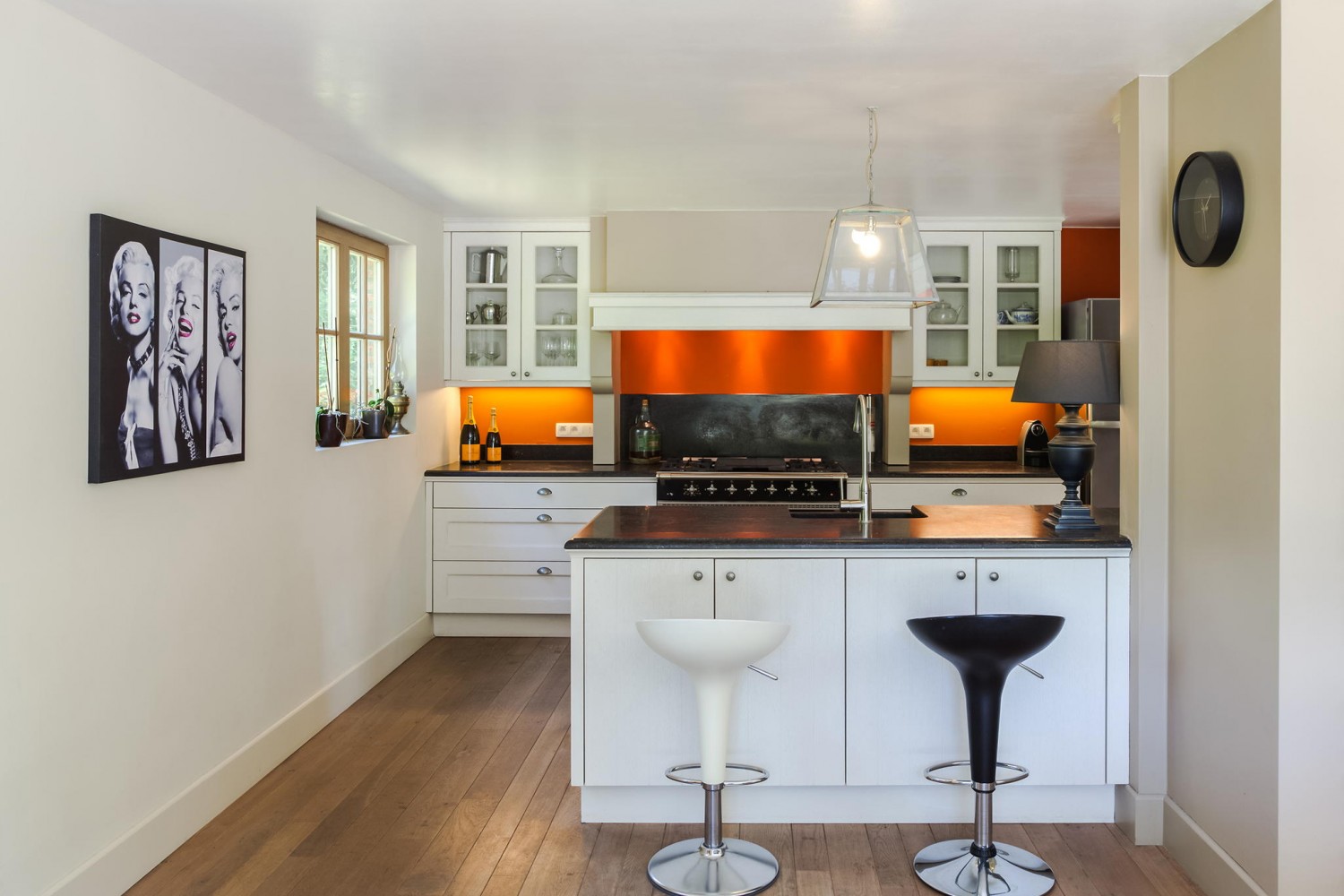Introduce The Remarkable Expedition Of Revitalizing Old Cabinets, Unearthing Neglected Stories And Unwinding The Enigmas Of The Pasts
Introduce The Remarkable Expedition Of Revitalizing Old Cabinets, Unearthing Neglected Stories And Unwinding The Enigmas Of The Pasts
Blog Article
Author-Hobbs Wilkerson
To start the journey of recovering antique cabinets, you need a keen eye for detail. Envision discovering surprise tricks within each layer of history ingrained in the wood. Photo the complete satisfaction of revitalizing a once-forgotten piece to its previous splendor. Every step of this careful procedure holds the key to protecting the past while producing a future heirloom. So, are you all set to embark on this transformative venture and unlock the capacity of your antique cupboards?
Assessing the Cupboard's Condition
When beginning the reconstruction process, begin by evaluating the problem of the antique closet. Meticulously take a look at the overall framework for any kind of indications of damages such as fractures, chips, or loosened joints. Inspect the timber for any type of rot, warping, or insect problem that might have happened with time. It's important to establish the degree of the restoration required before continuing additionally.
Next, check the cupboard's equipment such as joints, handles, and locks. Make note of any type of missing out on pieces or components that need repair service or substitute. Make sure that all hardware is working correctly and firmly affixed to the cabinet.
Additionally, assess the cupboard's coating. Search for any type of scrapes, discolorations, or discoloration that might affect the visual charm. when remodeling a kitchen what comes first out if the coating needs to be removed and reapplied or if a straightforward touch-up will certainly be sufficient.
Collecting the Essential Devices and Products
After examining the condition of the antique closet, the following step is to gather the necessary tools and materials for the remediation process. Prior to you begin, guarantee you have the adhering to items handy:
- timber cleaner
- sandpaper in various grits
- timber filler
- paint or wood stain
- brushes
- handwear covers
- safety and security goggles
- a dust mask
- a drop cloth
- a putty blade
- a hammer
- a screwdriver
- a vacuum
These tools and products are essential for a successful remediation.
Wood cleaner is important for eliminating years of dirt and crud accumulation, preparing the surface area for sanding. Sandpaper of various grits assists in smoothing out flaws and preparing the timber for a new coating. Wood filler comes in handy for fixing any splits, holes, or dents existing in the cupboard.
Repaint or wood stain, along with brushes, allow you to personalize the cabinet to your choice. Keep in mind to wear handwear covers, security goggles, and a dirt mask for protection. Lay down a ground cloth to safeguard your workspace, and use a hoover to clean up any particles.
With these devices and materials collected, you're ready to start the repair process.
Performing the Restoration Process
To efficiently execute the repair procedure on your antique closet, begin by completely cleaning the surface with the wood cleaner. This step is crucial as it helps get rid of years of dust, grime, and old gloss that may have accumulated on the surface.
When cabinet makers kitchen is clean and completely dry, examine the problem of the wood. Try to find any splits, scrapes, or various other problems that need to be addressed. Use timber filler to repair any kind of imperfections, ensuring to match the filler shade to the wood tone for a seamless surface.
After the fixings have dried, delicately sand the whole surface area to produce a smooth and also base for the new surface. Beware not to sand also strongly, as you do not wish to damage the timber below.
As soon as the sanding is complete, apply a wood tarnish or finish of your choice, adhering to the producer's guidelines. Allow the surface to dry completely before applying a protective leading coat to ensure the long life of your brought back antique cabinet.
Conclusion
Now that you have finished the reconstruction process, your antique closet looks as good as new.
By following educational furniture and cabinetry -by-step guide, you were able to examine, repair, and enhance its problem with ease.
With a fresh finish and protective top layer, your valued item will remain to beam for many years to find.
Appreciate the beauty of your restored antique cabinet!
